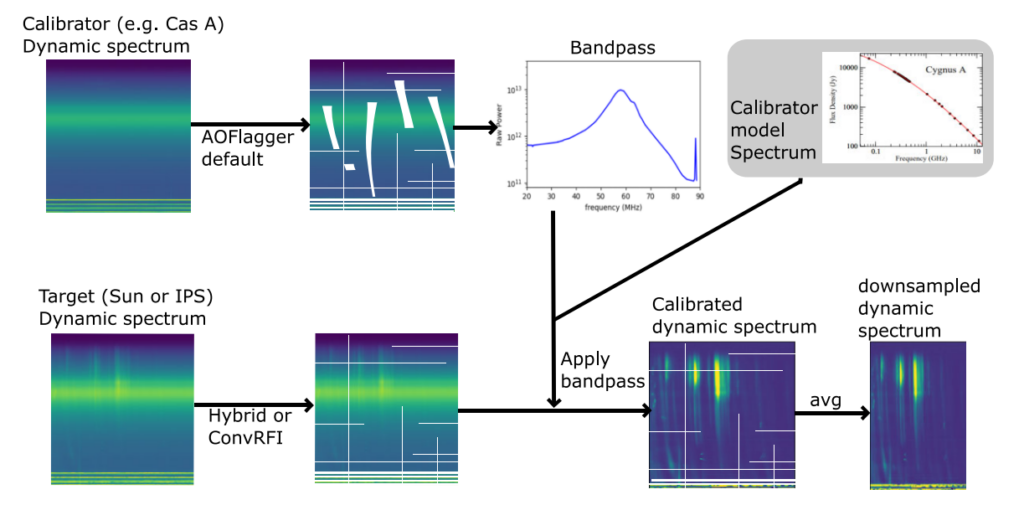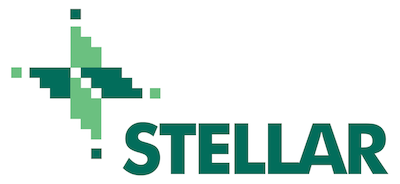The STELLAR postdoctoral researcher Peijin Zhang developed data flagging methods for solar and space weather dynamic spectral observations, in collaboration with scientists from ASTRON. This method can flag out the RFIs but preserve the bright and fast-changing solar radio bursts. We present RFI flagging methods that are specifically aimed at low-frequency solar and space weather observations with the LOFAR radio telescope. The three methods (ConvRFI, AOFlagger local-RMS, and hybrid) perform well for dynamic spectra with solar radio bursts. The ConvRFI method is a simple and GPU-enabled algorithm with reasonable accuracy, that is, therefore, suitable as a preprocessing step. AOFlagger local-RMS and hybrid perform well for weak RFI situations and are less likely to miss RFI samples.
PhD student Mohamed Nedal has learned how to use the Management of Measurements (MoM) system, and used it to streamline scheduling of radio observations for the IDOLS project for space weather monitoring. The Management of Measurements (MoM) web application facilitates the observation process for two radio telescopes, the Westerbork Synthesis Radio Telescope (WSRT) and the Low Frequency Array (LOFAR). MoM provides an interface (Fig. A) allowing operators and allocated scientists to coordinate operational tasks. Integration with software tools for proposal preparation, scheduling, telescope control, and data archiving enables MoM to manage the end-to-end workflow.
We have developed a detailed pipeline for investigating the sources of type III radio emissions from the Sun using multi-spacecraft as well as ground-based observations. Specifically, we perform spectral analysis on dynamic spectra for multiple case studies of solar type-III radio bursts. This involves comparing remote observations of radio bursts detected by different spacecraft to explore how the relative viewpoints of the instruments influence the measurements of the emissions. In addition, we developed methods to automatically identify and characterize type III bursts. This automated detection and characterization of solar radio bursts will be included in the future Incremental Development of the LOFAR Space-Weather (IDOLS) project.



